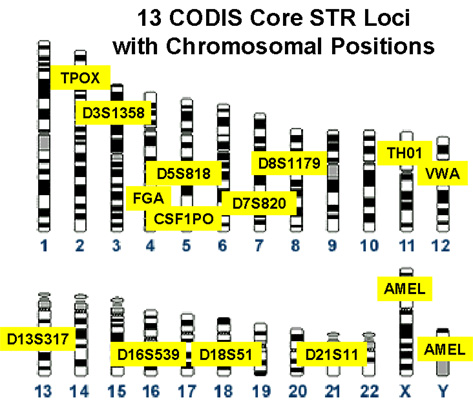In Tor, and in other similar anonymity systems, clients choose a random sequence of computers (nodes) to route their connections through. The intention is that, unless someone is watching the whole network at the same time, the tracks of each user’s communication will become hidden amongst that of others. Exactly how a client chooses nodes varies between system to system, and is important for security.
If someone is simultaneously watching a user’s traffic as it enters and leaves the network, it is possible to de-anonymise the communication. As anyone can contribute nodes, this could occur if the first and last node for a connection is controlled by the same person. Tor takes some steps to avoid this possibility e.g. no two computers on the same /16 network may be chosen for each connection. However, someone with access to several networks could circumvent this measure.
Not only is route selection critical for security, but it’s also a significant performance factor. Tor nodes vary dramatically in their capacity, mainly due to their network connections. If all nodes were chosen with equal likelihood, the slower ones would cripple the network. This is why Tor weights the selection probability for a node proportional to its contribution to the network bandwidth.
Because of the dual importance of route selection, there are a number of proposals which offer an alternative to Tor’s bandwidth-weighted algorithm. Later this week at PETS I’ll be presenting my paper, co-authored with Robert N.M. Watson, “Metrics for security and performance in low-latency anonymity systems”. In this paper, we examine several route selection algorithms and evaluate their security and performance.
Intuitively, a route selection algorithm which weights all nodes equally appears the most secure because an attacker can’t make their node count any more than the others. This has been formalized by two measures: Gini coefficient and entropy. In fact the reality is more complex — uniform node selection resists attackers with lots of bandwidth, whereas bandwidth-weighting is better against attackers with lots of nodes (e.g. botnets).
Our paper explores the probability of path compromise of different route selection algorithms, when under attack by a range of different adversaries. We find that none of the proposals are optimal against all adversaries, and so summarizing effective security in terms of a single figure is not feasible. We also model the performance of the schemes and show that bandwidth-weighting offers both low latency and high resistance to attack by bandwidth-constrained adversaries.
Update (2008-07-25):
The slides (PDF 2.1M) for my presentation are now online.




